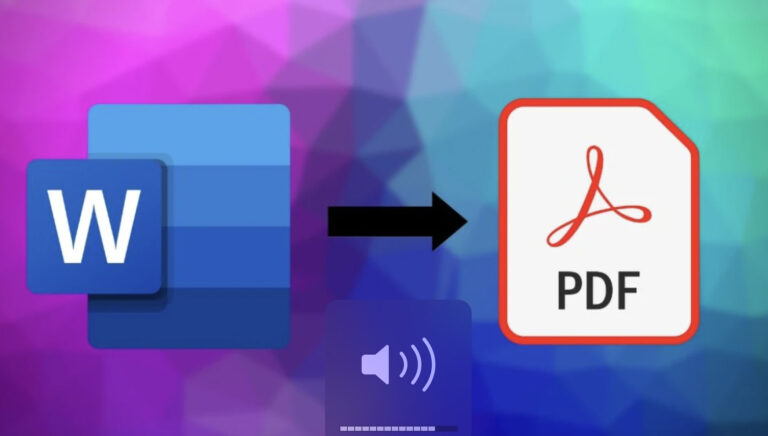4 Email Marketing Mistakes and How to Avoid Them
Email marketing is a powerful tool for businesses, but it comes with its share of pitfalls. This guide will explore four common email marketing mistakes and provide insights on how to avoid them. From neglecting segmentation strategies to overlooking mobile responsiveness, these mistakes can hinder the effectiveness of email campaigns. By understanding and addressing these pitfalls, businesses can optimize their email marketing efforts, enhance engagement, and achieve better results in reaching their target audience.
1. Neglecting Audience Segmentation:
In the realm of email marketing, one of the most common errors that people make is ignoring the significance of audience segmentation. If you do not separate your email list into suitable categories based on demographics, interests, or behaviors, you can end up with material that is less engaging and more generic. This can be avoided by companies devoting some of their efforts to gaining a grasp of their target demographic and then segmenting their email lists appropriately. By tailoring information to certain groups, it is possible to communicate in a more customized and focused manner, which in turn increases the possibility that the message will resonate with the audience. Businesses can improve the relevance of their email marketing campaigns and produce content that speaks directly to the interests and requirements of various parts of their audience if they adopt the strategy of audience segmentation.
2. Overlooking Mobile Responsiveness:
It is a significant error in email marketing to ignore the significance of mobile responsiveness in this day and age when mobile devices are the dominant forms of communication. Considering that a sizable proportion of consumers receive their email on mobile devices such as smartphones and tablets, emails that are not optimized for mobile viewing run the risk of losing their major effect. If organizations want to solve this issue, they should make it a priority to develop email designs that are responsive and can easily adjust to different screen sizes. The user experience is improved, the probability of receivers rejecting or disregarding emails due to formatting difficulties is reduced, and ultimately, companies can optimize the reach and effect of their email campaigns by ensuring that their emails are mobile-friendly.
3. Ignoring A/B Testing Opportunities:
Ignoring the useful information that can be provided by A/B testing is another typical error that people make when it comes to email marketing. If you do not experiment with various aspects, such as subject lines, email text, or calls to action, you will lose out on possibilities to maximize the success of your campaign. Organizations need to do A/B tests on a frequent basis in order to prevent falling into this trap. These tests examine the efficacy of various factors. Marketers are able to optimize their email strategy, determine what connects most strongly with their audience, and constantly enhance the efficacy of their efforts by reviewing the outcomes of their campaigns. In order for companies to remain sensitive to the ever-changing tastes of their audience and to guarantee that their email marketing efforts continue to be successful, they must make a commitment to doing continual A/B testing.
4. Neglecting Email Analytics:
One common mistake that businesses often make in their email marketing strategies is neglecting the valuable insights provided by email analytics. Utilizing reliable email marketing software for small businesses is essential for tracking and analyzing key metrics such as open rates, click-through rates, and subscriber engagement. This data not only offers a comprehensive understanding of the effectiveness of email campaigns but also enables businesses to make informed decisions for optimization. Neglecting the insights gained from email analytics deprives businesses of valuable feedback that could enhance targeting, content relevance, and overall campaign performance. By embracing email marketing software designed for small businesses, companies can leverage analytics to refine their strategies and foster more meaningful connections with their audience.
Conclusion:
In conclusion, effective email marketing requires a strategic approach that addresses common mistakes. By prioritizing audience segmentation, ensuring mobile responsiveness, embracing A/B testing, and leveraging email analytics, businesses can navigate potential pitfalls and enhance the impact of their email campaigns. As the digital landscape evolves, a commitment to continuous improvement and adaptation is essential for staying ahead in the competitive world of email marketing. By avoiding these mistakes and implementing best practices, businesses can create more engaging, targeted, and successful email campaigns that resonate with their audience and drive desired outcomes.







